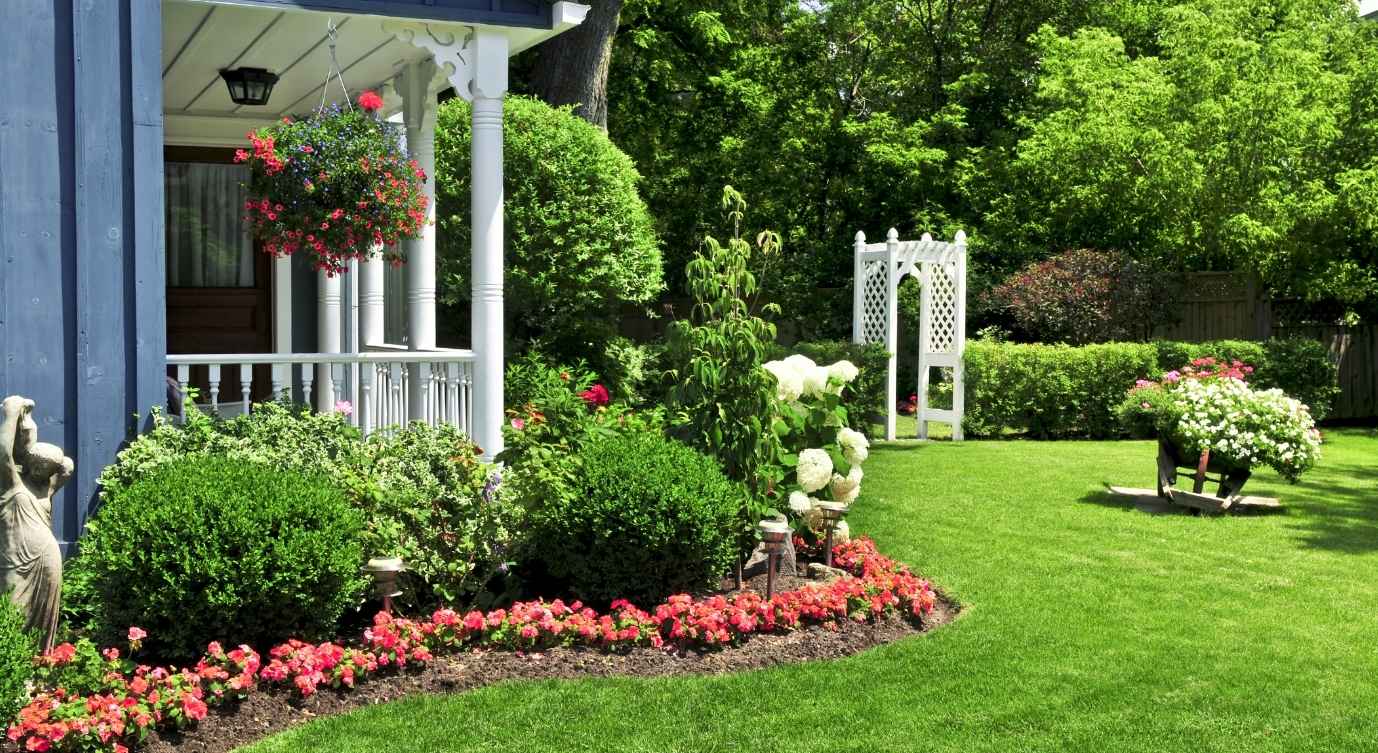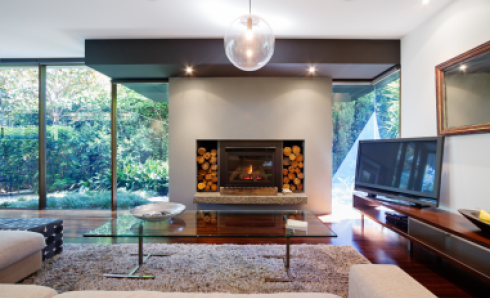Buying a property is a huge decision. With so many factors at play - bedrooms, kitchen size, cupboards, etc. - one area often overlooked is the garden. When buying a home in Ireland, garden orientation is a crucial factor that can significantly influence your use and enjoyment of outdoor spaces. Understanding how the direction your garden faces affects sunlight exposure, usability, and property value can help you make an informed decision.
Why is Garden Orientation Important?
Garden orientation is important because it maximises the use and enjoyment of outdoor spaces. The direction your garden faces determines how much sunlight it receives throughout the day and year, impacting everything from plant growth to outdoor activities.
- Plant Selection and Garden Design
The orientation of your garden directly affects plant selection and garden design. Some plants thrive in full sun, while others prefer shade. Knowing your garden's orientation helps you choose plants that will flourish and design a layout that makes the most of the available light.
- Impact of Garden Orientation on Property Value
The orientation of a garden can significantly impact property value. Specific orientations are more desirable due to their sunlight exposure, making properties with these gardens more attractive to buyers. A well-oriented garden can enhance a property's overall appeal and market value.
- Outdoor Space Usability
Garden orientation affects the usability of outdoor spaces. A garden that receives ample sunlight when you are most likely to use it will be more enjoyable. For example, a south-facing garden is perfect for afternoon relaxation, while a west-facing garden is ideal for evening activities as you’re more likely to get a lovely sunset.
- Landscaping Choices and Garden Features
Garden orientation guides landscaping choices and the placement of garden features like patios and seating areas. Understanding where and when sunlight falls in your garden allows you to design functional and comfortable outdoor spaces.
- Energy Efficiency and Sunlight Exposure
Garden orientation also influences energy efficiency. Proper sunlight exposure can reduce heating costs by warming your home naturally and providing natural light, which can lower electricity bills. A well-oriented garden can contribute to a more energy-efficient and eco-friendly home.
What is the Best Garden Orientation?
Different garden orientations offer unique advantages and disadvantages. Understanding these can help you choose the best orientation for your needs.
North-Facing Gardens
Benefits of North-Facing Gardens
North-facing gardens receive less direct sunlight, making them cooler in the summer. This can be beneficial for growing shade-loving plants and creating a comfortable outdoor space during hot weather.
Challenges of North-Facing Gardens
The main challenge of north-facing gardens is limited direct sunlight, which can affect plant growth and make the garden feel cooler and less inviting. You may need to choose plants that thrive in low-light conditions and use reflective surfaces to maximise available light.
South-Facing Gardens
Benefits of South-Facing Gardens
South-facing gardens are highly desirable due to their maximum sunlight exposure. They receive sun most of the day, making them ideal for growing various plants and enjoying outdoor activities throughout the year. South-facing gardens are almost universally popular, meaning your property will gain more value in the long run because of them.
Challenges of South-Facing Gardens
While abundant sunlight is beneficial, it can also lead to overheating, especially in the summer. Managing shade with pergolas, trees, or retractable awnings are good options to create comfortable spaces and protect delicate plants from intense heat.
East-Facing Gardens
Benefits of East-Facing Gardens
East-facing gardens enjoy pleasant morning light, making them perfect for breakfast areas and early morning activities. The cooler afternoon temperatures can also benefit certain plants that do not tolerate intense heat.
Challenges of East-Facing Gardens
The primary challenge of east-facing gardens is cooler temperatures in the afternoon and evening, which can limit their usability later in the day. Planning activities for the morning and choosing plants that prefer cooler conditions can help mitigate this issue.
West-Facing Gardens
Benefits of West-Facing Gardens
West-facing gardens receive warm evening light, making them ideal for late-day activities, dining, and entertaining. The soft, golden light can create a beautiful and relaxing evening atmosphere.
Challenges of West-Facing Gardens
The intense heat in the late afternoon can be a challenge for west-facing gardens, potentially leading to overheating plants and outdoor spaces. Providing adequate shade and selecting heat-tolerant plants are essential to maintaining a comfortable environment.
How to Determine Garden Orientation
Determining a garden's orientation is a straightforward process that can help you assess its suitability for your needs.
1. Use a Compass or Compass App
A traditional compass or a compass app on your smartphone can accurately determine the direction your garden faces. Stand in the garden and note the compass's direction to identify the orientation.
2. Observe the Position of the Sun Throughout the Day
Observing the sun's position at different times of the day can provide valuable insights into sunlight patterns in your garden. Note where the sun rises and sets and how it moves across the garden to understand which areas receive the most light.
3. Check Shadow Patterns in Different Seasons
Shadow patterns change with the seasons, affecting how much sunlight different parts of your garden receive. Checking shadow patterns during various times of the year can help you plan for seasonal variations and make informed decisions about plant placement and garden design.
4. Use Online Tools and Maps for Sun Path Analysis
Several online tools and maps provide detailed sun path analyses for specific locations. These tools can help you visualise sunlight exposure throughout the year and make informed decisions about garden orientation and design.
5. Consult with a Landscape Architect or Garden Designer
Consulting with a landscape architect or garden designer can provide expert advice on garden orientation and its implications for landscaping. Professionals can help you design a garden that maximises sunlight exposure and meets your specific needs and preferences.
Secure Your Garden with 123.ie Home Insurance
A great garden can transform a property, and orientation is a vital consideration when buying in Ireland. It influences everything from plant selection and garden design to property value and energy efficiency. By understanding the advantages and challenges of different orientations, you can make an informed decision that maximises the use and enjoyment of your outdoor space.
Get a home insurance quote today from 123.ie. We offer extensive coverage options for garden structures and features, ensuring your investment is well-protected. Our affordable insurance options are tailored to your needs and budget, meaning you can sit back in your garden at the end of the day, knowing that everything around you is in safe hands.





